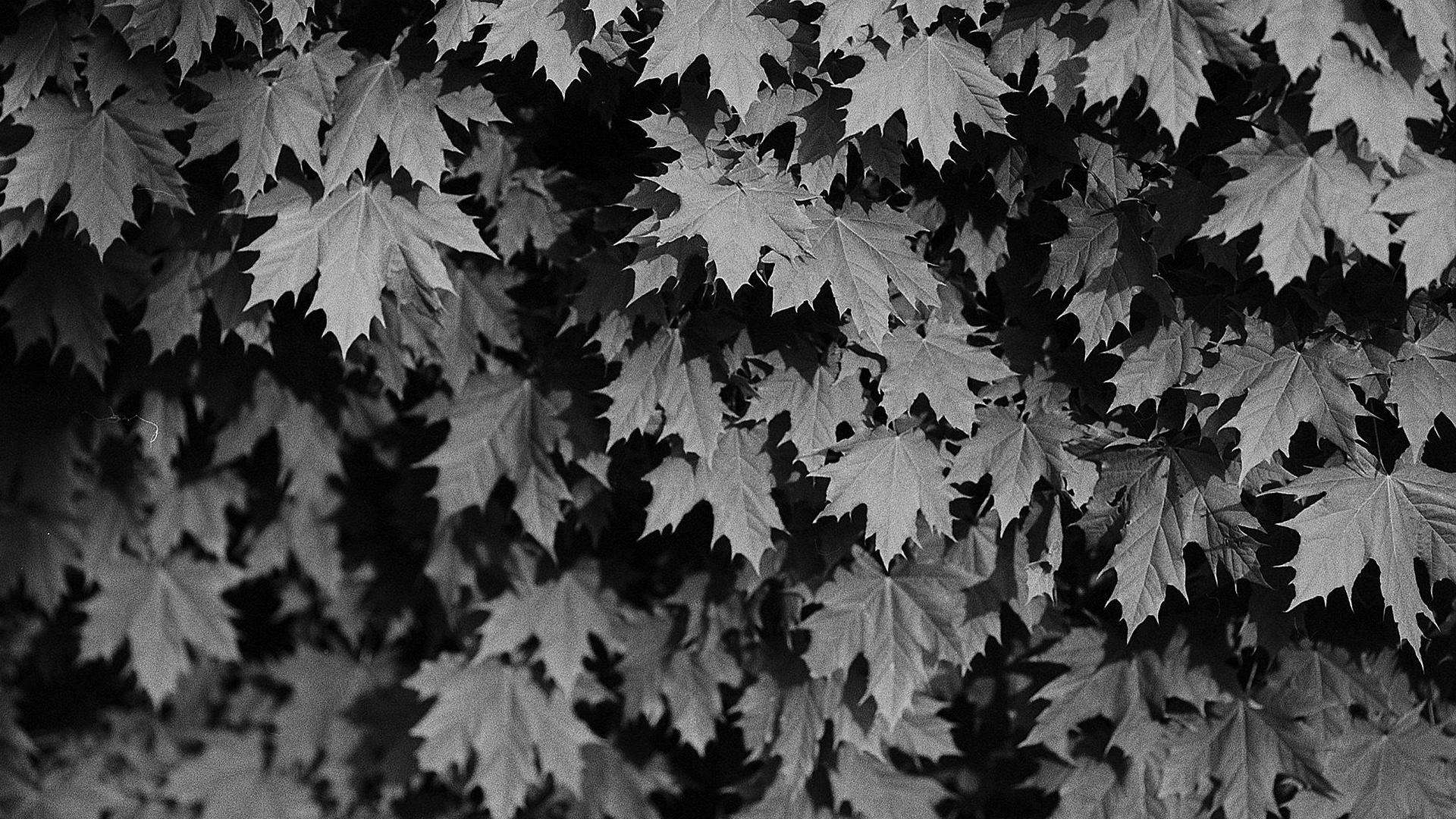Photography and privacy
I’ve been following various discussions related to publishing photographs and the right to privacy of the subjects in the pictures. Partly of followed them because of my work and how the pictures that rescue (fire) departments take may be quite a breach in privacy.
In part the inspiration for this post has come from an article (via Kari Haakana) in Poynter and the reasons (via MeFi) why the New York times published the selected front-page picture of some of the child victims of the tsunami. While the reasons why the press wants to and can publish certain images differs in some cases from personal publishing, the basic ethical principles are the same and the same laws apply. While I will discuss the matters with respect to my understaning of applicable Finnish law, I feel that the principles are applicable in other parts of the world as well.
In a nutshell, what Finnish law governs on publishing photographs can be described as follows: any image that clearly depicts a person or small group of people must have the subjects permission to publish, the subjects’ permission is not needed to take the picture. But of course there are exceptions to the rule. First of all, pictures of people who are in the limelight (celebrities, politicians, etc.) may be published without prior consent in some cases and secondly Finland has quite strict laws on privacy and how photography can be seen as an invasion of privacy. Taking a picture of a person in their home, their yard, summer cottage, etc., in health institutions or in dressing rooms in shops or gyms etc. is against the law without consent prior to taking the picture. Even pointing the camera at a person without prior consent is against the law. And then there is the fact that in general a published picture should not contain anything that can harm a persons reputation.
An example of this is that a patient at a hospital and his sign-language interpreter had sued a photographer on the grounds of an invasion of privacy (salakatselu). Only the interpreter was photographed. Today’s Helsingin Sanomat (page A12, via digicamera.net) reports that the charges were dismissed by the court. I understand the decision quite well because the interpreter wasn’t there as a patient but was doing his work – nothing that should harm his reputation in that. However, the photographer still doesn’t have the right to publish the picture.
But if we return to the pictures discussed in the articles referenced above, there are some interesting issues that need to be considered when deciding whether they should be published or not. The picture that the NYT discusses is the first example that Poynter uses and is extremely interesting. I think that the reasoning that the NYT had when they decided to publish it was sound. The death toll of the tsunami had already risen to such figures that they become statistics. We need a picture or anecdote (and in this way a picture does serve as a thousand words) that can somehow reduce the scale of the tragedy that it can be comrehended. Especially with so many of the victims of the tsunami being children it is quite important to understand the fact. Seeing a mothers anguish next to the bodies of children is a good way of doing that.
One death is a tragedy; a million is a statistic.
– Josef Stalin
But when we consider the aspects of privacy, the whole situation becomes a bit different. I don’t know if the mother ever gave the photographer the right to publish the picture of her. I’ve also always felt that the dead should be given some respect and pictures of identifiable bodies shouldn’t be published just like that. This is one of those cases in which publishing a picture as a part of news (photojournalism) must have more leeway than personal publishing (e.g. photoblogs or personal photo galleries). A breach in privacy in this case is understandable and acceptable – no matter what the nationality of the mother or victims in question. A parents grief for their child is universal.
The NYT also discusses another picture that they considered publishing instead of the one in question. It, while an excellent and telling picture in itself, does not have the direct connection to the tragedy that the one they used does. As the NYT article puts it:
But it was – this is difficult to say – a portrait of generic tragedy. The devastated man could have been in the deserts of Darfur, or in a house in Mosul, or on a sidewalk in Peoria; he could have been photographed 10 years ago, or 10 years from now. His pain was universal.
While photojournalism must have some more leeway in their handling of privacy, especially in the case of people in the limelight or pictures of events such as the tsunami, the focus must be on the news and how the picture relates to the news. Read the NYT article for better writing and views on the topic than I can offer you.
It all comes down to the ethics of the photographer – after all it’s the photographer who choses which pictures are taken and submitted to photo editors. There are many pictures that need to be taken for other uses, such as many of those that I take at work at different accidents, fires, etc. that will never see any form of public consumption – in those cases the right to privacy may give way to other concerns. The proliferation of digital cameras and camera phones has made the ethics of photography and photo publication even more important than it has been. Unfortunately too few even think of the pictures they are taking in the light of others right to privacy. Let alone when they are published.
If you’re still here and remain interested in the topic, take a look at the NPPA‘s new code of ethics.
